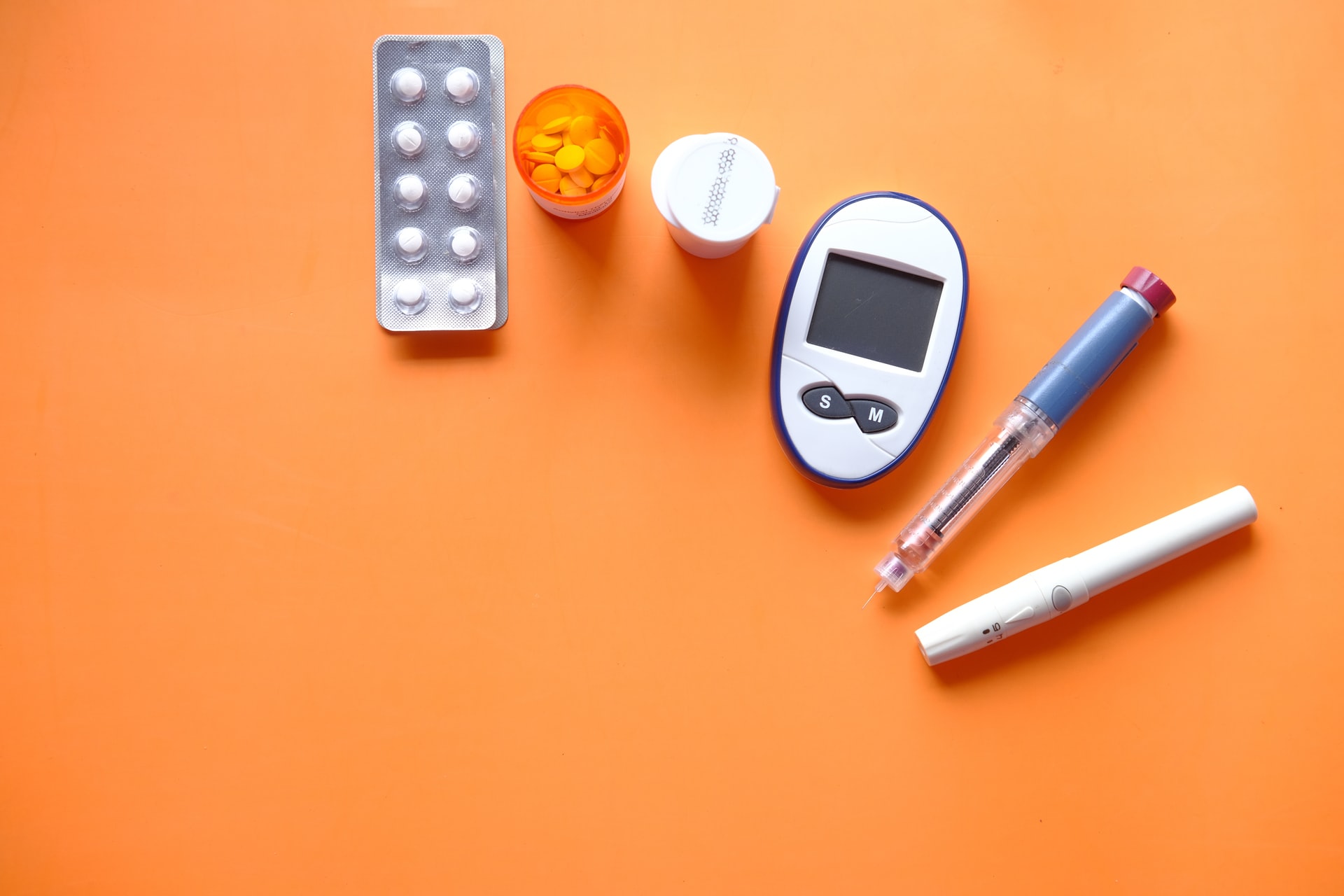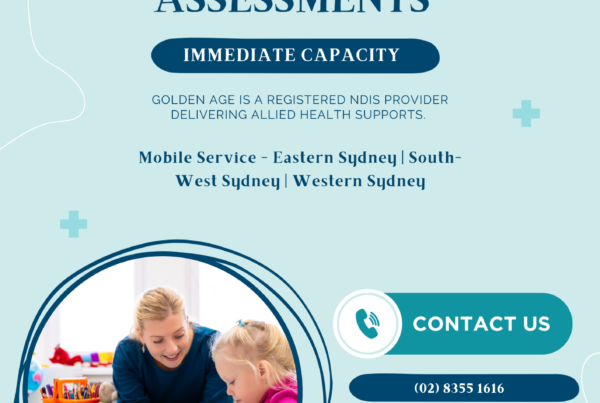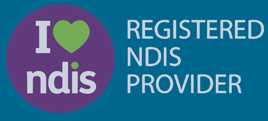What is diabetes?
Diabetes is a serious, lifelong condition where your blood glucose level is too high. There are two main types, Type 1 and Type 2. They are different conditions, but they are both serious. What all types of diabetes have in common is that they cause people to have too much glucose (a type of sugar) in their blood. We all need glucose to have energy. We obtain glucose when our bodies break down the carbohydrate that we eat or drink, and that glucose is released into our blood. We also need a hormone called insulin, formed in our pancreas. Insulin helps glucose move from the blood into the cells of our bodies.
Diabetes occurs when insulin does not work properly or is absent.
Insulin is like a key to a locked door. Glucose cannot move out of the blood and into the cells without insulin. When insulin does not work properly glucose begins to build up in the blood. This causes high blood glucose levels which leads to Diabetes symptoms. Over a long period of time high glucose levels in the blood can cause serious damage.
Type 1 Diabetes
- The body is not able to make insulin at all as cells in the pancreas have been attacked by the body’s own immune system.
Type 2 Diabetes
- The pancreas is able to make insulin however the insulin is either not enough or can’t work effectively.

What are the consequences of mismanagement?
- Recurrent infections and poor wound healing
- Impairment or loss of vision
- Hypoglycaemia
- Tiredness and lethargy
- Excessive appetite or eating
- Feeling of extreme thirstiness
- Frequent passage of large amount of urine
- Weight loss
- Cardiovascular diseases
- Cognitive changes and depression
- Skin disorders
- Nephropathy (the deterioration of kidney function)
- Neuropathies (A nerve problem that causes pain, numbness, tingling or muscle weakness)
- Reduced plasma levels of micronutrients due to excessive losses.
Diet recommendations
Optimal nutrition is essential in supporting quality of life and encouraging the best possible health outcomes for people who are living with diabetes. Here are some recommendations that dietitians can make to help:
- 5 -10% weight loss for people who are overweight or obese is recommended however undernutrition is more of a concern in older population and residents of aged care facilities.
- Eat a healthy, balanced diet with consistent carbohydrate intake
- Incorporate a “low Glycaemic Index” carbohydrate as part of each meal. The Glycaemic Index (GI) is a measure of how quickly or slowly a carbohydrate food is digested and increases blood glucose levels.
Lower GI carbohydrates increase blood glucose levels more slowly and therefore are a better choice. Examples of low GI foods include rolled oats, multigrain breads, white or brown long grain rice, sweet
potato, apple and yoghurt. - Consume more fibre. High fibre foods can assist with balancing blood glucose level (BGL).
- Sugar can be included in small amounts.
Contact us below to book a consult with one of our Accredited Practicing Dietitians (APD) for personalised advice.









